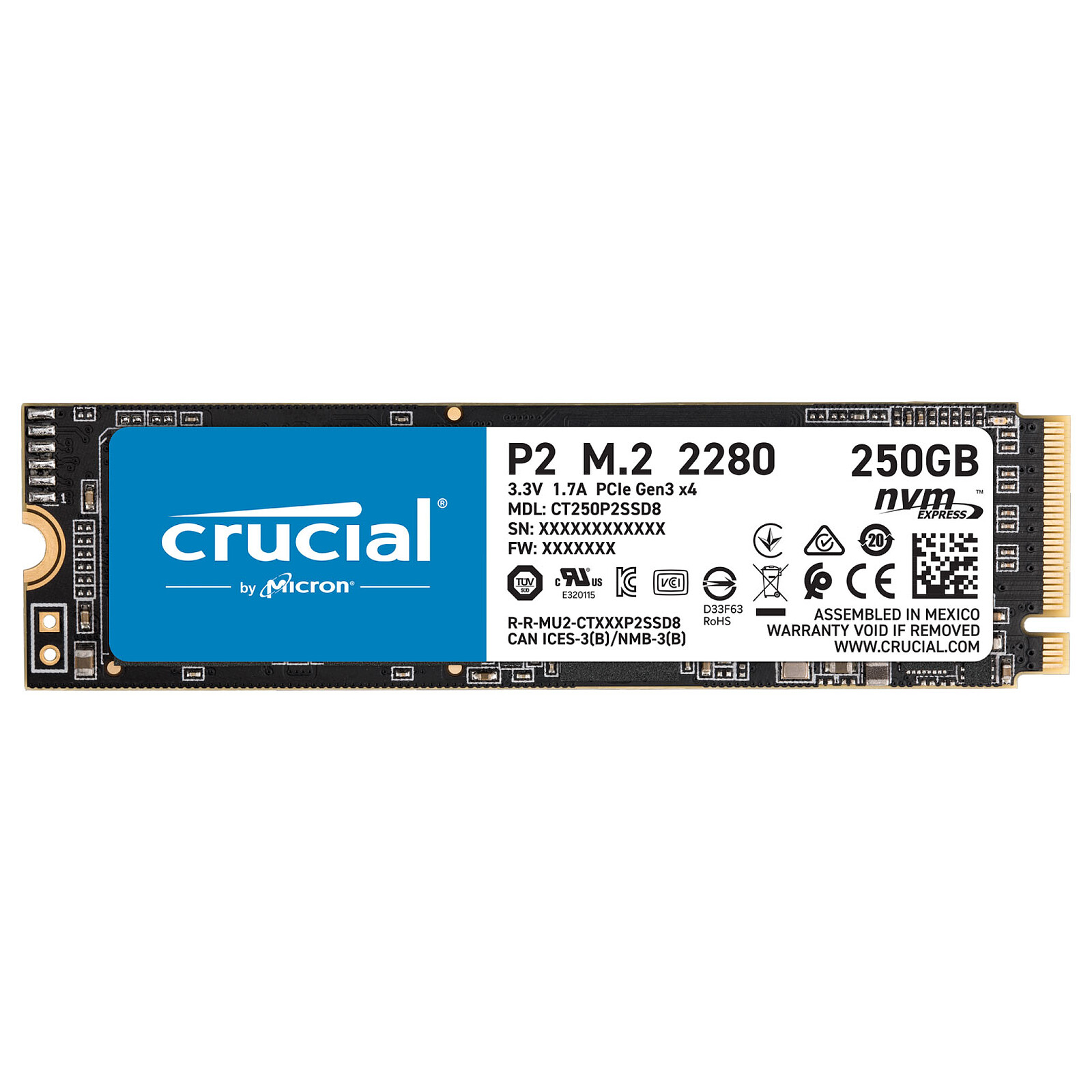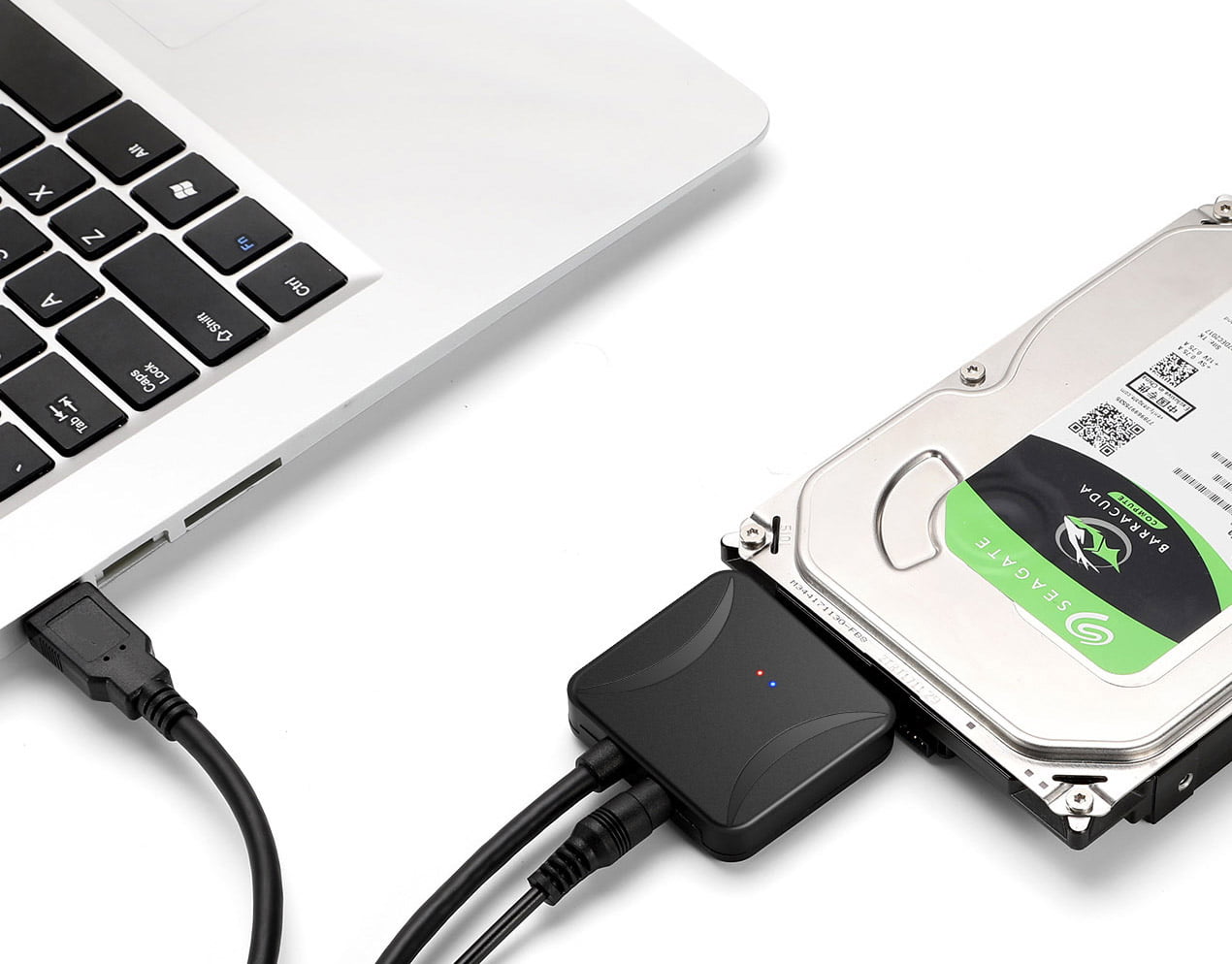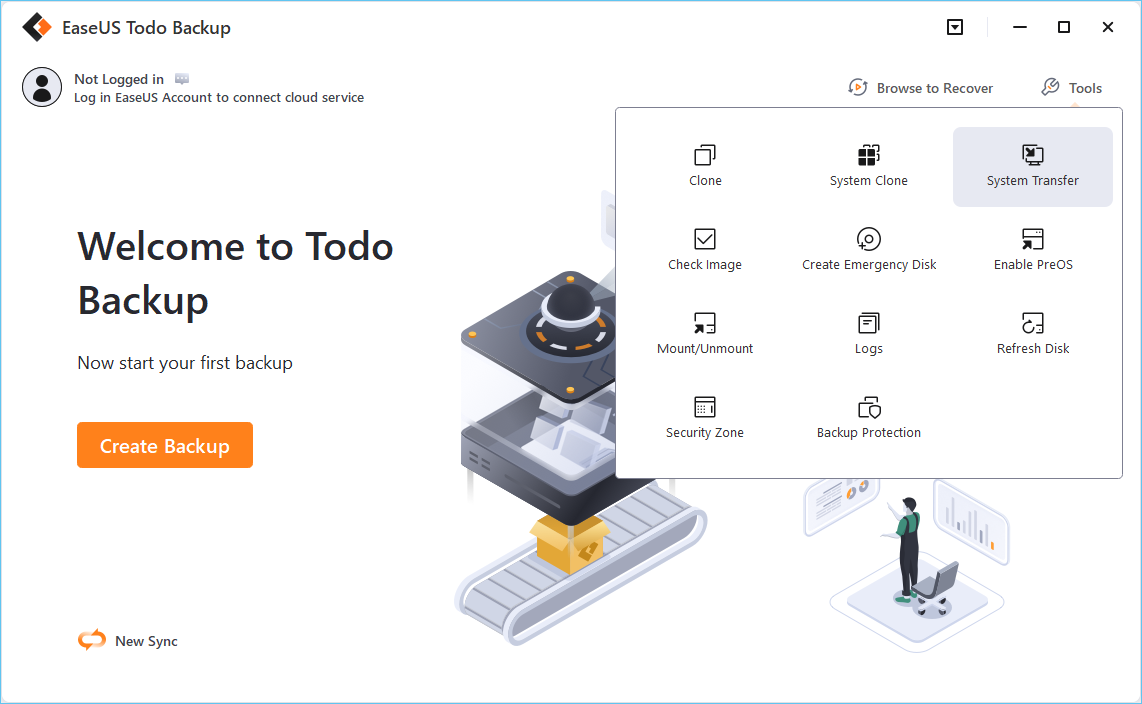


You can only create one clone on one drive at a time. With this, you are able to create full, differential, and incremental bit by bite backups of hard drive Disk imaging is more flexible as compared to disk cloning.Disk cloning creates an exact uncompressed copy of your hard drive.You can restore it to an external device. Disk image creates a compressed image or file of your hard drive that is too large.Let’s take a look at the difference between disk imaging and disk cloning! However, despite a lot of similarities, they are different in many ways. What Are The Differences Between Disk Cone And Disk Image?ĭisk imaging and disk cloning are very powerful techniques that can help you with changing systems by taking backup of the hard drives.
#Crucial clone drive windows 10
For instance, you might want to clone HDD to SSD in Windows 10 or Mac.
#Crucial clone drive software
A disk cloning software allows you to create a copy of one hard drive onto another hard drive at a time. In this data is copied from one drive to another drive without compressing the files. The process of copying complete data of the hard drive is known as cloning. It is a reliable way to back up your system in no time. It offers you various options to restore an image. You can store the disk images into the external storage device. It also has the information required to boot the operating system.įurther, the disk image stores all of the information needed to restore specific disks or partitions exactly same when the image was taken. Which Is Right for Your Choice?īefore we describe the difference between clone and disk image, let’s first know what each of these options is all about:ĭisk imaging is the process that compresses the hard drive data, including the operating system, in the form of an image. What Are The Differences Between Disk Cone And Disk Image? I tried many things: disabling/re-enabling devices, uninstalling/reinstalling devices, reinstalling drivers, switching drivers, restarting services, changing BIOS settings, and rebooting many times along the way, all to no avail. The audio devices that showed up in Device Manager on the SSD were the same as on the HDD. I could even reboot and run off the old HDD and audio would work again, so I knew it wasn't a hardware issue. I had a red X over speaker icon in the system tray that said "No audio output device is installed". Everything worked when running off the SSD except audio. Not sure if you still are having problems, but I just had a similar issue after cloning my HDD to a new SSD.

If you need any screenshots or additional information let me know, I will provide anything necessary. I just installed the HDD back and it boots and the audio works no problem, so it's not me ripping off the cable or anything, the problem is in software.
#Crucial clone drive drivers
I tried to update the chipset driver, but audio drivers already updated the chipset, and to a newer version than the standalone chipset driver. I have already googled this problem and tried everything from several sources. The audio icon in a tray is showing red circle with X in it and the popup says "No audio output device is installed". The only problem I have encountered so far is that there is no audio. The clone was done flawlessly - it boots and it boots fast.

So I cloned my HDD (shows up in Device Manager as HGST HTS545032A7E3800 SCSI Disk Device) to my new SSD (Crucial BX500 480GB, MDL: CT480BX500SSD1, FW: M6CR022) using Acronis True Image for Crucial.


 0 kommentar(er)
0 kommentar(er)
